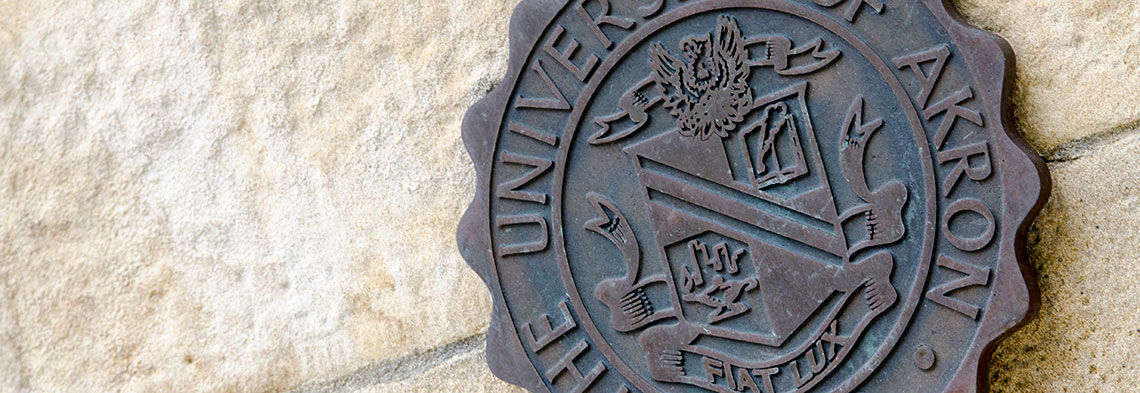Document Type
Article
Publication Date
January 2015
Abstract
Authorship, and hence, initial ownership of copyrighted works is oftentimes controlled by the 1976 Copyright Act’s work made for hire doctrine. This doctrine states that works created by employees within the scope of their employment result in the employer owning the copyright. One key determination in this analysis is whether the hired party is an employee or independent contractor. In 1989, the U.S. Supreme Court, in CCNV v. Reid, answered the question of how employees are distinguished from independent contractors by setting forth a list of factors courts should consider. Unfortunately, the Supreme Court did not give further guidance on how to balance these factors. Three years later, in 1992, the Court of Appeals for the Second Circuit decided Aymes v. Bonelli and noted that not all factors are equally weighted and that five of the factors would “be significant in virtually every situation.” This analysis was supported by looking at all the work made for hire cases decided in the three year period since Reid – six cases in total. This Article expands in both scope and time what the Second Circuit did in Aymes and systematically analyzes how courts have utilized the factors in the twenty-five years since Reid. In particular, this study has identified the universe of cases where the courts have decided whether a hired party was an employee or independent contractor and uses the data from these cases to describe what factors appear to be the most and least important in reaching these conclusions. Based on the results of this study, this Article proposes a continuum of importance, which graphically illustrates the relative importance of each factor.
Publication Title
Florida State University Law Review
Recommended Citation
Vacca, Ryan G., "Work Made for Hire – Analyzing the Multifactor Balancing Test" (2015). Akron Law Faculty Publications. 226.
https://ideaexchange.uakron.edu/ua_law_publications/226
Included in
Agency Commons, Arts Management Commons, Audio Arts and Acoustics Commons, Benefits and Compensation Commons, Contracts Commons, Entertainment, Arts, and Sports Law Commons, Entrepreneurial and Small Business Operations Commons, Fine Arts Commons, Intellectual Property Law Commons, Labor and Employment Law Commons, Litigation Commons, Other Business Commons, Other Law Commons, Other Music Commons, Photography Commons


